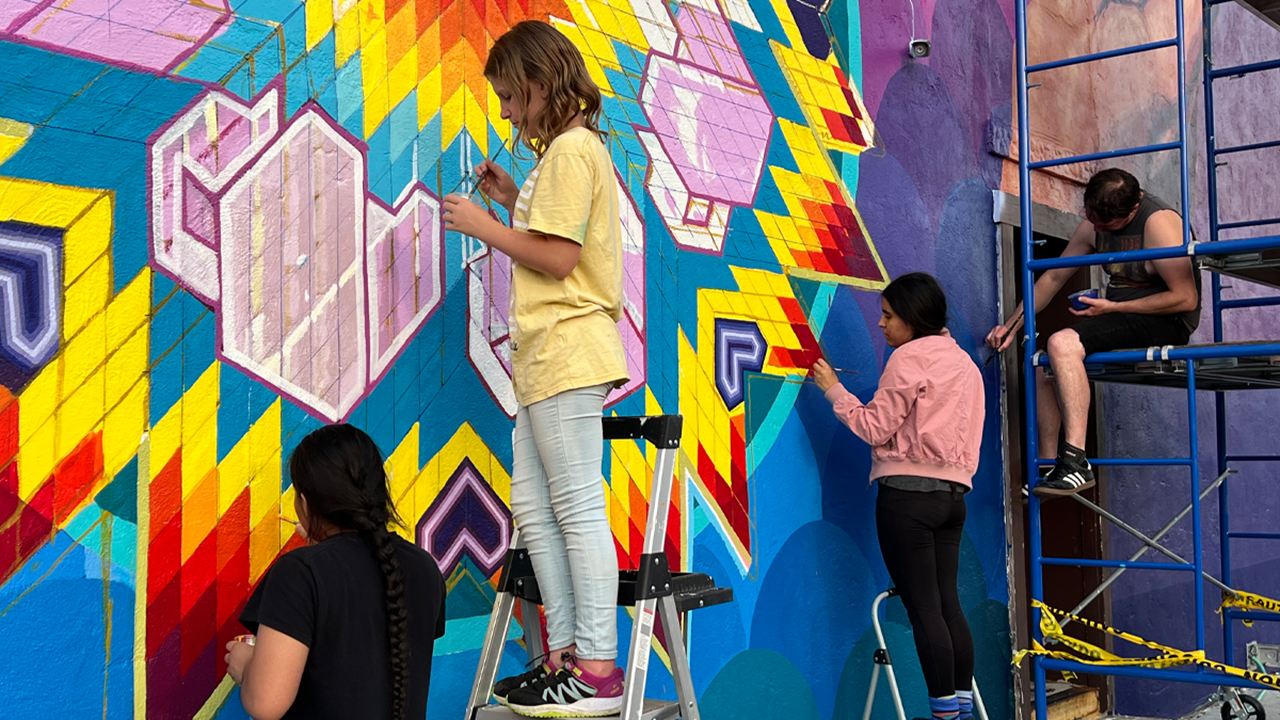Interpretive vs. Realistic Photo-Based Painting: The Artistic Debate
The captivating world of photo-based painting has long been a point of exploration and debate among artists and photographers alike. The dichotomy between interpretive and realistic styles poses an intriguing question on how artists approach the transformation of photographs into paintings. In this article, we'll delve into the nuances of these two styles and what each has to offer for professional photographers.

The Essence: Interpretive vs. Realistic Techniques
Both interpretive and realistic photo-based paintings start with a photograph as their foundation, yet their artistic paths diverge significantly. An interpretive painting goes beyond merely replicating the source image. It imbues the artist's personal touch, emotion, and perspective, often altering elements to evoke a mood or theme distinct from the original photo.
On the other hand, realistic painting is dedicated to precision and detail. This style strives to recreate the photographic image with remarkable accuracy, focusing intensively on details, lighting, and proportions to mirror the photograph as closely as possible.
Why Choose One Over the Other?
The choice between these styles often depends on the artist's objective and audience. Professional photographers might lean towards realistic painting when accuracy and detailed representation are crucial, such as in commercial or advertising work.
Conversely, interpretive painting offers photographers expressive freedom. It's an excellent choice for conveying subjective experiences or stories through art. This style resonates with audiences looking for more than just visual accuracy but an emotional or conceptual narrative.
Explore the methodology of realistic painting in professional photography for further insights.The Role of Modern Technology
In current times, technology plays a pivotal role in both interpretive and realistic styles. Digital tools can greatly enhance a painter's ability to manipulate images, offering a plethora of options to tailor photos into desired art forms. This evolution in technology has made it more accessible for photographers to explore these artistic avenues without traditional painting skills.
Learn how to create your own photo-based paintings at home with DIY methods and understand the intersection of technology and art in this domain.The Mesmerizing Merge
There is also a middle ground where interpretive and realistic techniques merge. This approach allows artists to maintain a level of accuracy while subtly introducing personal changes or enhancements, thus crafting a unique piece that adheres to both schools of thought. Professional photographers often explore this synergy to create bespoke artwork that satisfies both the artist's and the audience's aesthetic senses.
The appeal of this combined technique can be observed in photo-based painting exhibitions worldwide, which are gaining traction not just among artists, but also among collectors and art enthusiasts.

The Verdict
Ultimately, the choice between interpretive vs. realistic photo-based painting lies in the artist's objectives, style preference, and intended audience. For photographers, exploring both styles could lead to innovative ways of expressing reality or imagination, potentially attracting broader and varied audiences.
FAQs About Photo-Based Painting
What is photo-based painting?
Photo-based painting involves using a photograph as the foundational image to create a painting, which can be either interpretive or realistic in nature.
Is digital painting considered a realistic or interpretive form?
Digital painting can encompass both interpretive and realistic forms. The outcome depends on the artist's approachwhether aiming for accuracy or expression.
Can these painting styles be applied to commercial photography?
Yes, both styles can enhance commercial photography. Realistic painting suits advertising, while interpretive painting can introduce creativity in unique visual campaigns. Dive deeper into this topic at photo-based image exhibitions.

